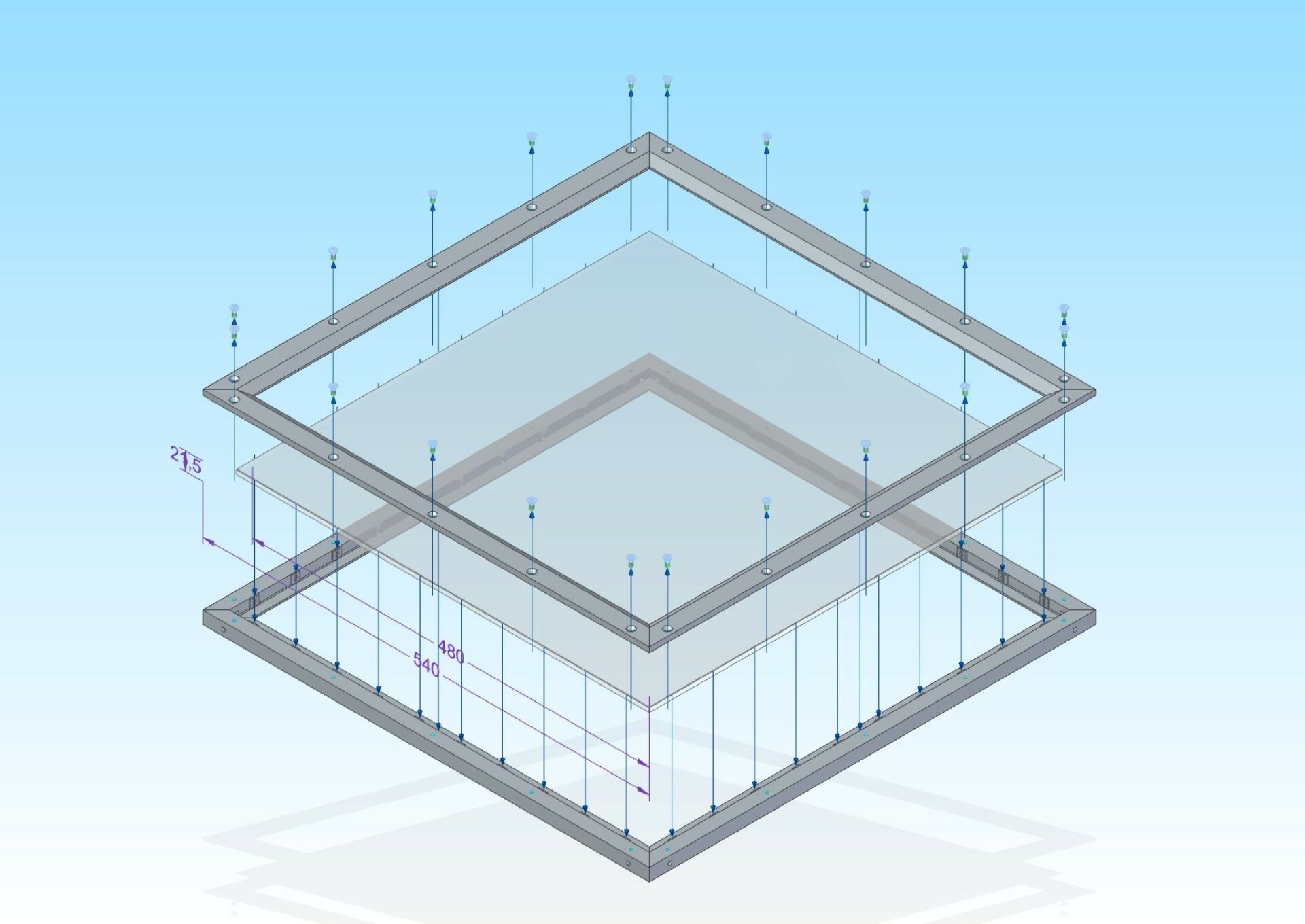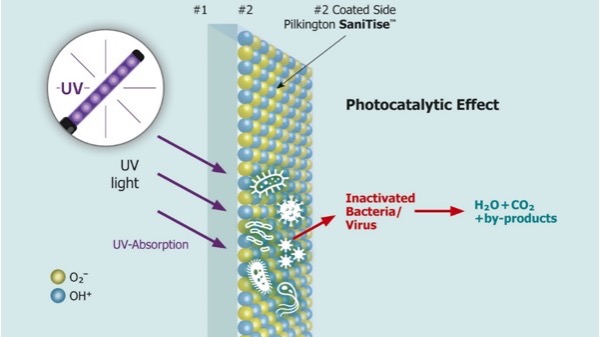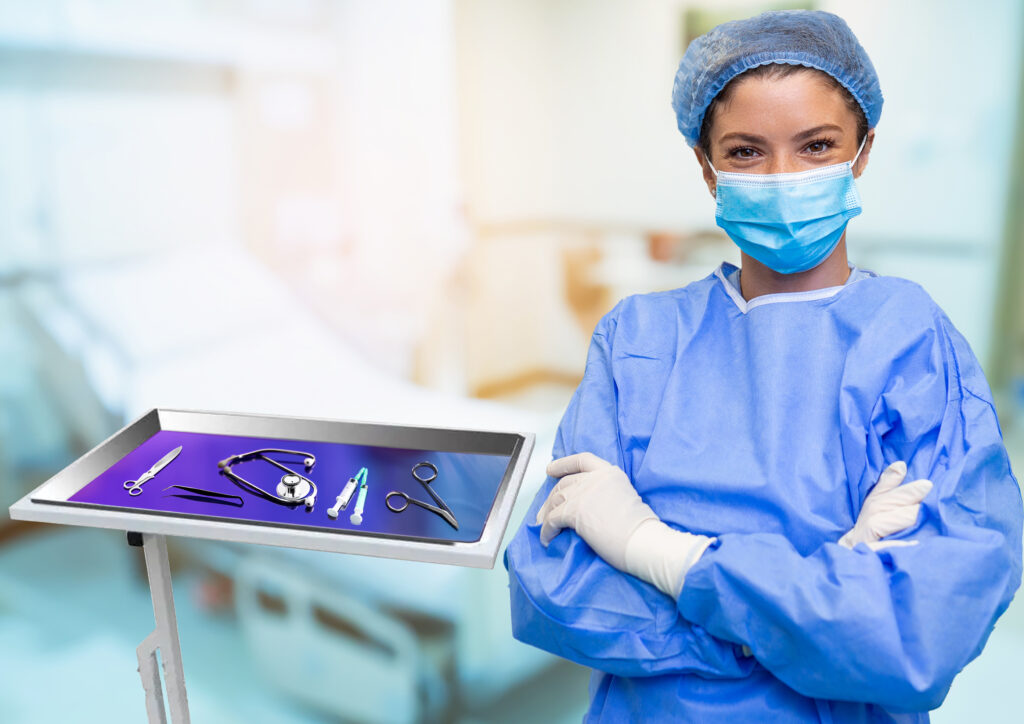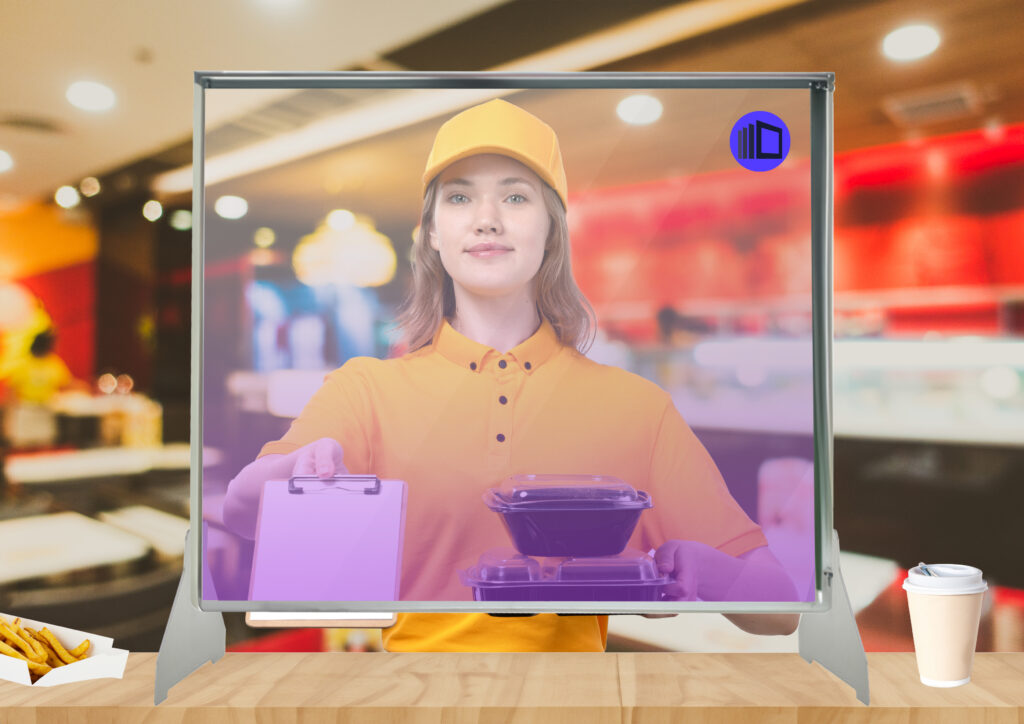With the vision of improving the microbial safety of indoor environments,
Herwig Gasser launched in 2020 with a crucial objective: Activating antimicrobial glass using UVA light.
In-depth research results indicate that viruses and bacteria can survive for extended periods on non-porous surfaces like glass under suitable conditions. These findings confirm a potential transmission risk for diseases, which can be triggered by touching surfaces (contact infection).
Objectives
Minimizing Health Risks: With our technology, we can reduce the health risk posed by contact infections (horizontal application) or droplet infections (vertical application). Bacteria and viruses are destroyed on our surfaces.
Counteracting Economic Damage: By achieving the broadest possible distribution of our activated antimicrobial glasses, the economic damage caused by diseases resulting from contact or droplet infections can be mitigated.

Our development emerged from collaboration with the renowned Fraunhofer Institute and a team of experts from medicine, the glass industry, and healthcare. It offers many application opportunities which enable people to coexist safely indoors.

How GG-LED-GLASS works
Activation Process: Using UVA light of a wavelength that poses no health risk to humans, the glass with the titanium dioxide coating is activated. The activated surface operates based on the principle of photocatalysis and forms reactive oxygen species which destroy viruses and bacteria. The photocatalytic activity of our glass surfaces has been repeatedly measured and confirmed in the lab.
Application possibilities









